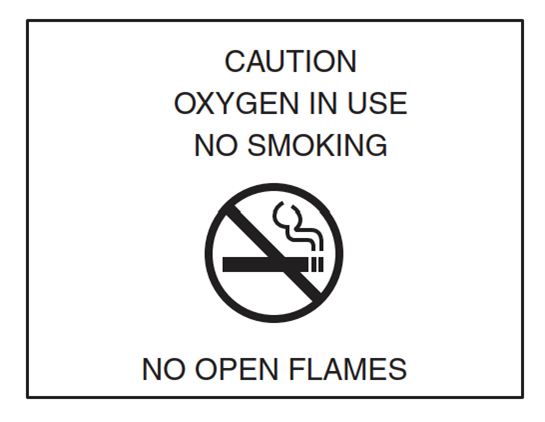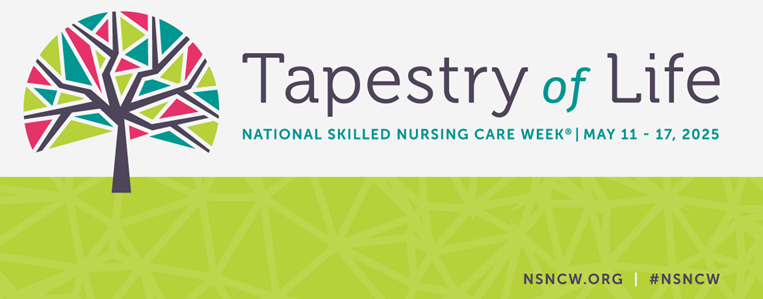The American Health Care Association (AHCA) is excited to announce the launch of the 2025 National Skilled Nursing Care Week® (NSNCW) Planning Guide, promotional resources, logos/graphics, and products! These materials, available at NSNCW.org, are designed to assist in planning, promoting, and celebrating NSNCW and will provide you with all you need to make this week memorable for your residents, staff, and volunteers.
Begin your NSNCW 2025 preparations today and help us create a week filled with unforgettable moments! We look forward to celebrating with everyone and spreading joy throughout your communities May 11 through May 17, 2025.
HOW TO PARTICIPATE
Here are some ideas on how you can start planning your NSNCW celebrations now.
- Use the Planning Guide to plan your activities for the week. Or use them to help come up with your own unique celebrations!
- Begin planning how you will promote NSNCW activities with those outside your building. Use materials in the promotional toolkit to reach out to media, local and national elected officials, and your surrounding community to spread the word.
- Use the NSNCW graphics and logos to promote NSNCW in your newsletters and other materials.
- Visit NSNCW.org for a wide selection of Tapestry of Life themed gifts and decorations to help you celebrate the week. Be sure to order early!
Don’t forget to share! Be sure to tell us how your staff, volunteers, residents, and families are celebrating. Share your inspiring stories, photos, videos, and other content with AHCA/NCAL at storiesofcare@ahca.org. Remember to tag @NationalSkilledNursingCareWeek on Facebook and in any NSNCW-related posts and use #NSNCW.
ABOUT THE THEME
Tapestry of Life highlights the meaningful stories that make up each person’s journey in skilled nursing care. From residents and families to caregivers and staff, everyone adds a unique thread that is woven into this vibrant tapestry. This theme celebrates the connections, resilience and strength that unite us all. Learn more about NSNCW.










